S-beam load cells, which belong to the beam load cell category of load cells, get their name from their “S” form. S-beam load cells are low capacity bending-beam load cells made of aluminum alloy and have a capacity range between 1kg to 5 tons, depending on the application. The S beam load cells required to do more work or heavy duty work are made from a corrosion resistant, carbon-steel, nickel-plated alloy. Read More…..
Our load cells are manufactured with the highest attention to detail at all stages. Whether it is through the design stage, engineering stage, or through hundreds of tests run daily, we ensure that our products outshine all competitor products.
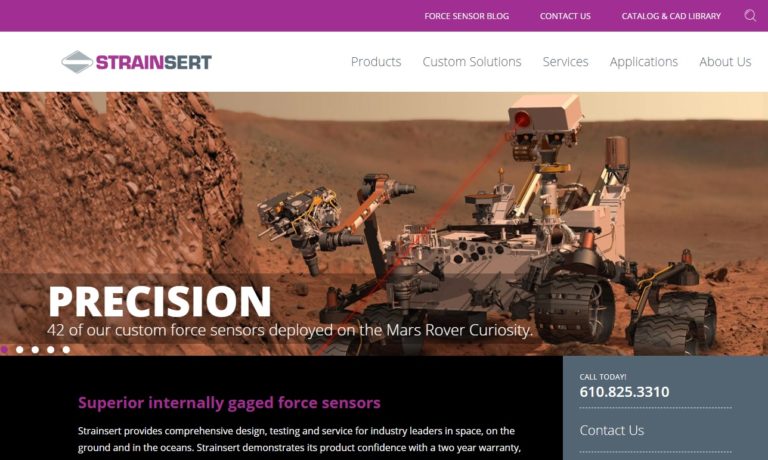
Founded in 1985, Load Cell Central has firmly established its reputation as a leader in load cell manufacturing, custom weighing system integration, and first-class load cell repairs. Load Cell Central offers a wide variety of popular load cell and component configurations for virtually every new or old weighing system, scale or component replacement possibility. Technical and after-sale support, ...

At TyTek Industries we manufacture load cells to suit all capabilities. Our expertise has provided insight and load cell solutions for a range of customers and industries. Our engineering team’s philosophy ensures we do everything humanly and technologically possible to match your requirements with quality, cost and delivery. We’re here to help you carry the load.
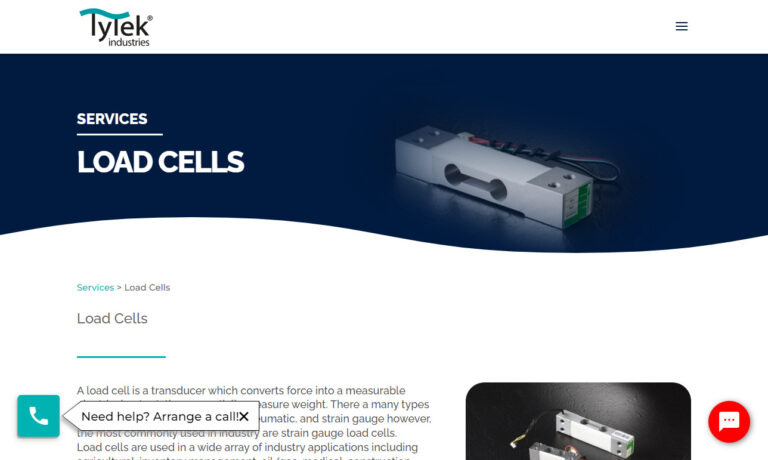
SENTRAN's corporate charter is to manufacture and market premium quality load cells. SENTRAN serves the biomedical, pharmaceutical, food and beverage, material handling, aerospace, automotive, agricultural, fitness and health, petrochemical and off-shore industries. SENTRAN’s experienced and knowledgeable workforce is capable and ready to find the solution that’s right for you. Call now!
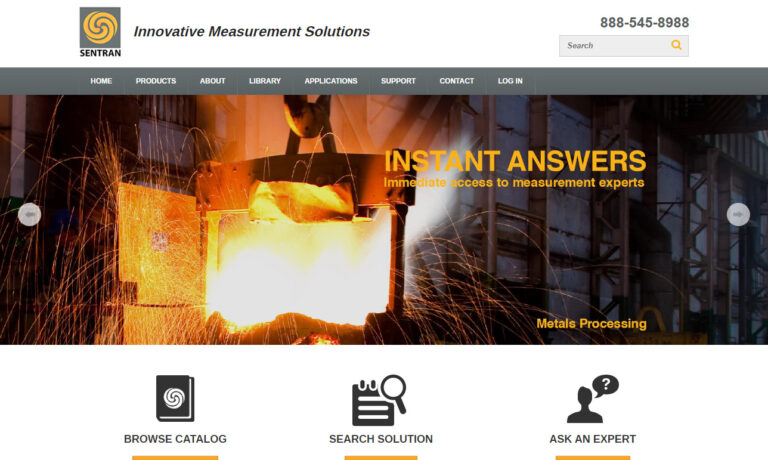
Since 1976, Toledo Integrated Systems has developed force measurement, tonnage monitoring and press control systems for some of the finest manufacturers in the world. We have created many of the innovations that have set the standard for force measurement today. Products include: strain gage sensors and load cells, we’ve also expanded to tonnage monitors, load modules, die protection.
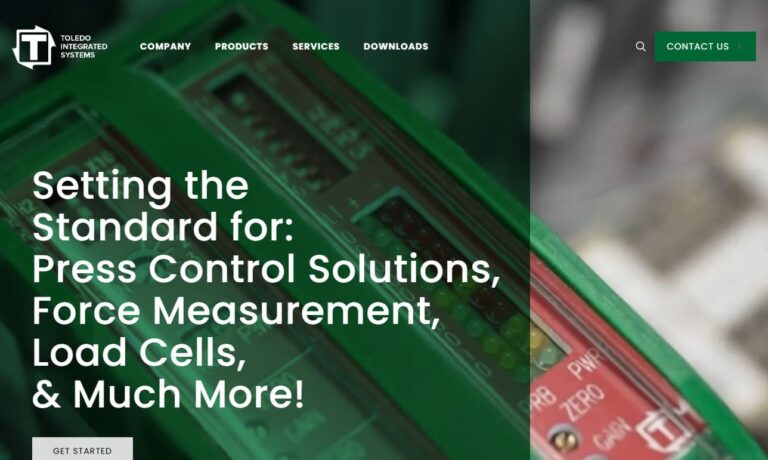
More S Beam Load Cell Manufacturers
S-beam load cells are a solid option for performance and versatility because they are built of alloy steel with nickel plating and available with a wide range of accessories. They monitor both tension and compression. S-beam load cells are appropriate for use in smaller silos, tanks, and vessels, as well as in OEM projects and testing equipment.

How an S-Beam Load Cell Works
The load cell's central beam is where the spring component is situated. This component is a piece of metal that elastically deforms when subjected to force and immediately recovers when the force is released. strain gauges mounted on the spring element detect this deformation or strain and translate it into an electrical output. The spring element in S-type load cells is compressed or stretched at both ends, causing deformation. In contrast to other load cells, S-type load cells are frequently employed a Force Transducer and may be calibrated in weight units and Newtons.

Advantages of S-Beam Load Cells
S-beam load cells feature a number of benefits, such as:
- Cost-effectiveness
- High tenacity
- Wide range of working temperatures, both high and low capacities
- Improved sealing and protection
- Built-in overload prevention
- Robust side-load rejection
In addition to the benefits listed above, S-beam load cells are flexible and adaptable options because both have a threaded hole at each end. Depending on your needs, various accessories can be added to the S-beam load cell to increase its usability or accuracy. Depending on the manufacturer and the function of the load cell, the threaded hole can also be attached to a threaded bar, eyebolt, or rod end bearing.
Applications of S-Beam Load Cells
- Load cells are used in industrial and manufacturing facilities to measure the quantities of their raw materials and final goods. To change the process parameters, it is also necessary to determine how much material is present along the process line. Industries that use hoppers rely on load cells.
- The universal testing machine is common equipment that utilizes a load cell. Load cells are also very precisely used in laboratory scales. In contrast to the strain gauge, alternative-force transducer ideas are employed with an S-beam load cell.
- Automation process lines can employ the output signals from load cells as feedback signals. Automatic packaging, distribution, and sorting are all done with load cells.

How to Resolve Common Load-Cell Failures
- Upon mechanical inspection, the user must look for physical harm to the load cell. The user must physically replace deformed parts of the cell if the items have been bent, stretched, or squeezed in a manner that has changed their original shape. On every metal surface, check for distortion or cracks. Flexure surfaces must be perpendicular to both end surfaces and parallel. All wires should be checked for any signs of nicks or damage because a load cell can become shorted out by nicked or worn cables.
- Zero Balance (No Load): Residual tension in the sensing area is a possible problem that may cause changes in the zero balance. Overloading the cell or performing the same operating cycle again can cause residual strains. Measure the output of the load cell using a voltmeter with no weight placed upon the load; for example. it must be as close as possible to the specified zero output signal (0.1%). If the cell is damaged, it may still be repairable if the output is outside the zero-balance tolerance zone.
- Bridge Resistance: Count the number of ohms between each pair of input and output leads. Compare these readings to the load cell's specification. The breakdown of one or more components, frequently resulting from electrical transients or lightning strikes, typically leads to out-of-tolerance readings.
- Defying the Ground: Measure the resistance between the load’s cell body and the leads using an ohmmeter after connecting the input, output, sense, and ground leads. At the very least, 5,000 megaohms should be recorded. Repeat the test without the ground wire if the load cell fails it. The load cell has to be repaired if it keeps failing. If it works, the load-cell cable might be the issue. Typically, moisture intrusion results in short-circuiting (current flow) between the electronics and the body of the load cell.
Choosing the Right S-Beam Load Cell Supplier
To ensure you have the most positive outcome when purchasing S-beam load cells from a S-beam load cell supplier, it is important to compare several companies using our directory of S-beam load cell suppliers. Each S-beam load cell supplier has a business profile page highlighting their areas of experience and capabilities, along with a contact form to directly communicate with the supplier for more information or request a quote. Review each S-beam load cell business website using our patented website previewer to quickly learn what each company specializes in. Then, use our simple RFQ form to contact multiple S-beam load cell companies with the same form.





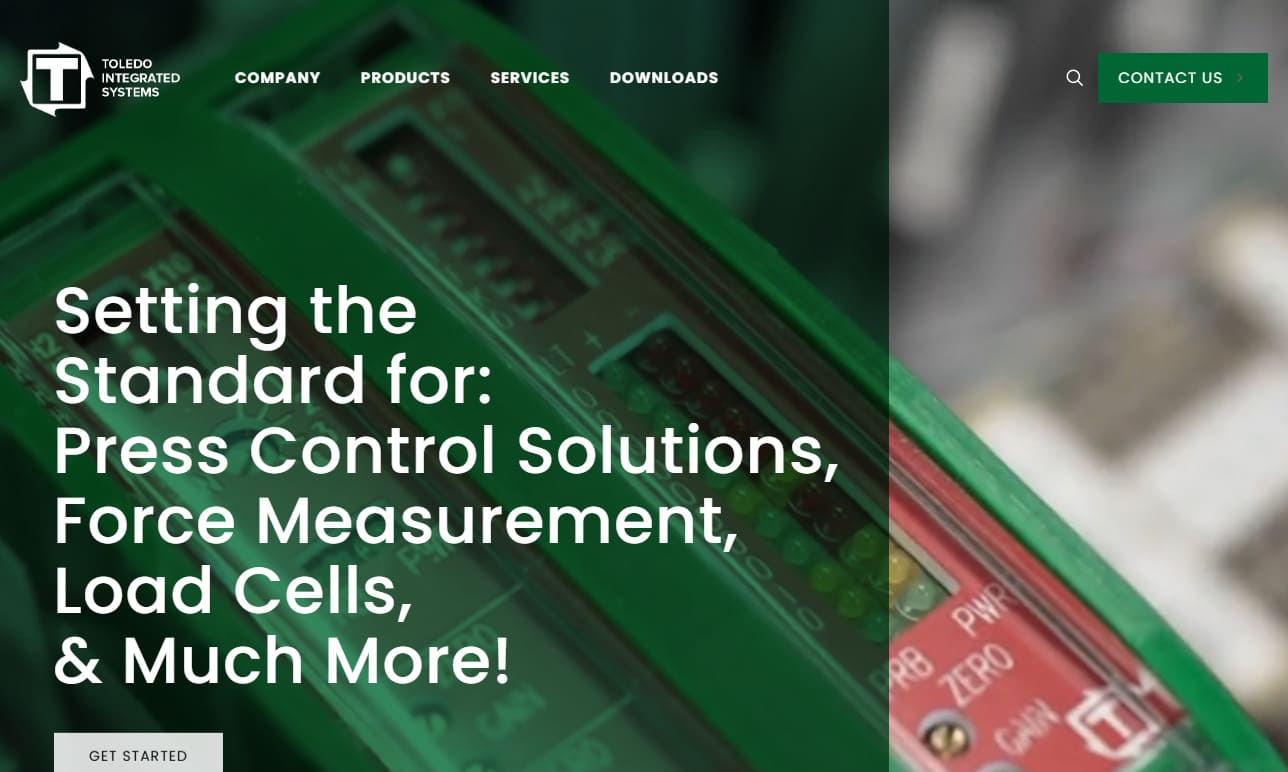
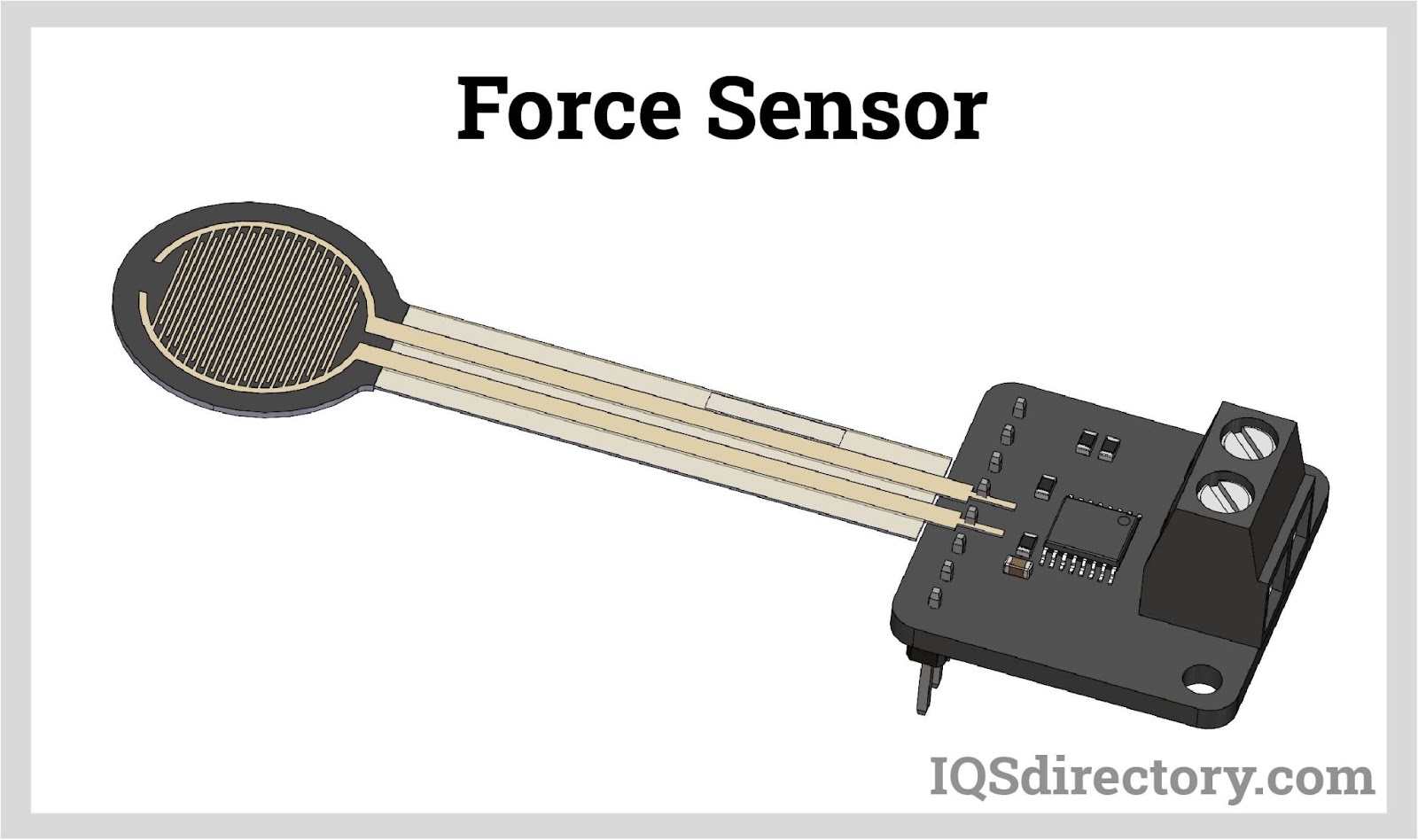
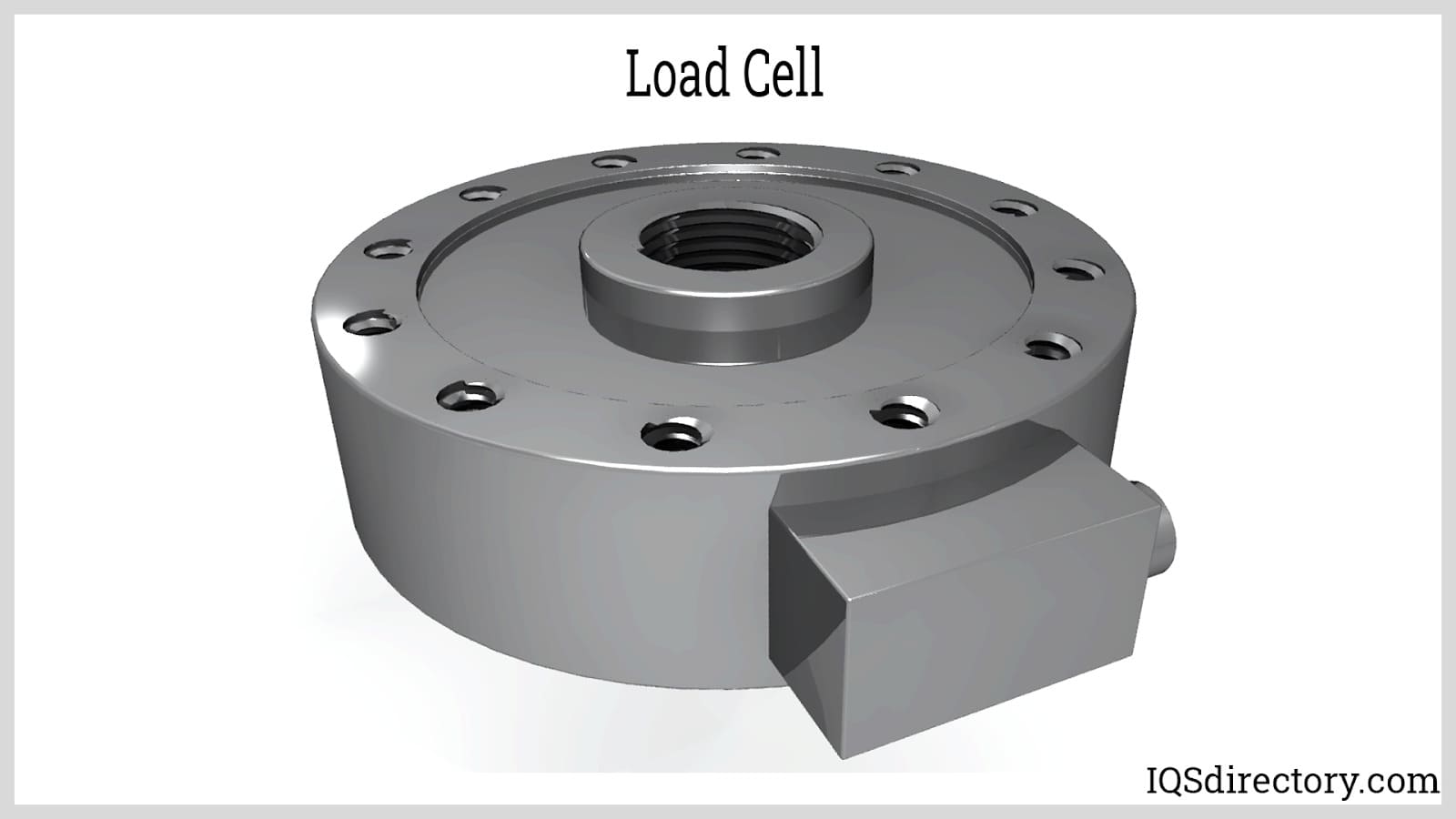
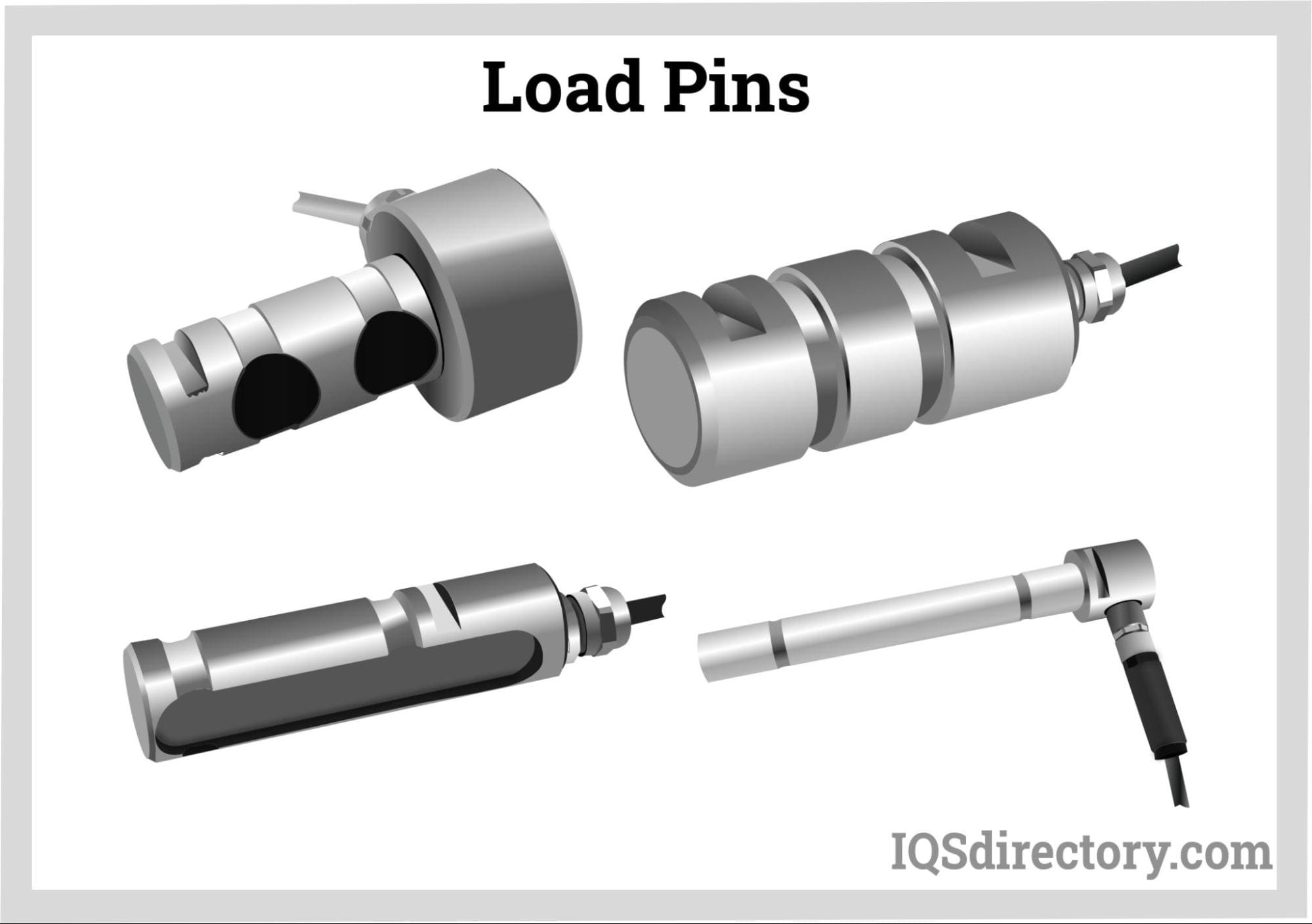
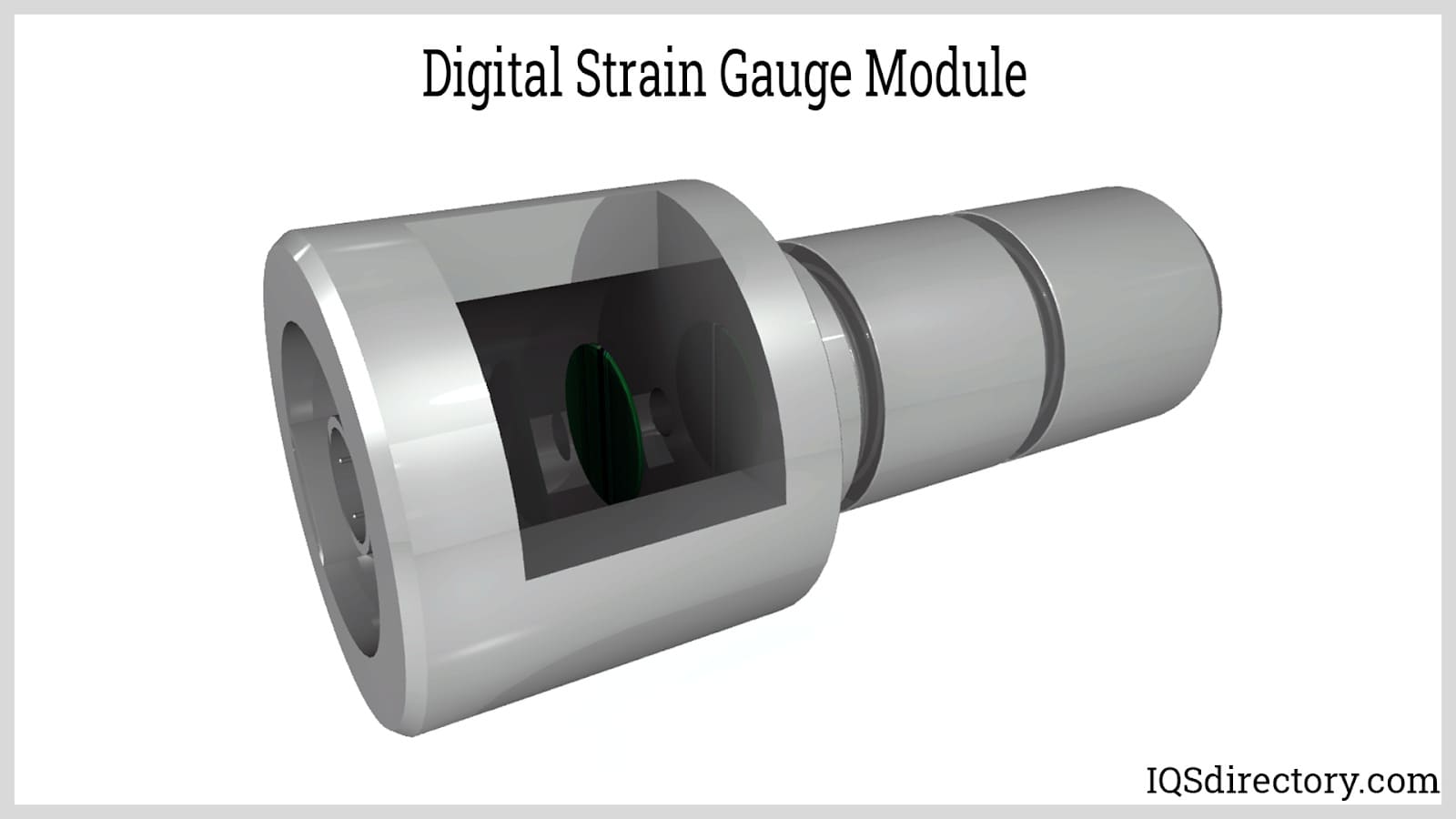
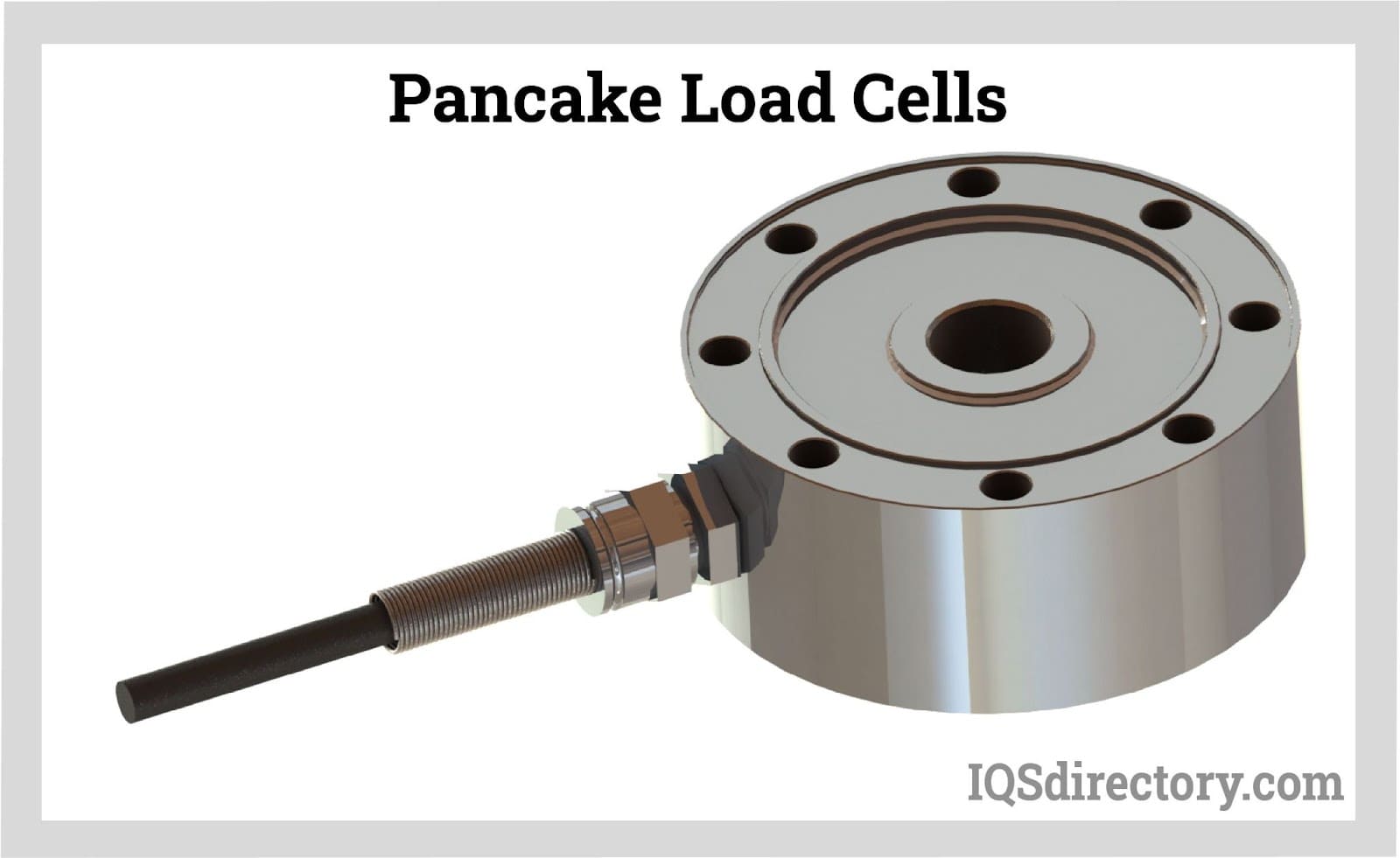
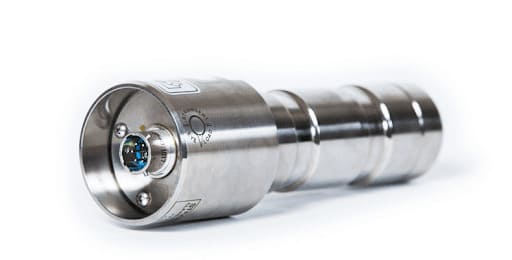
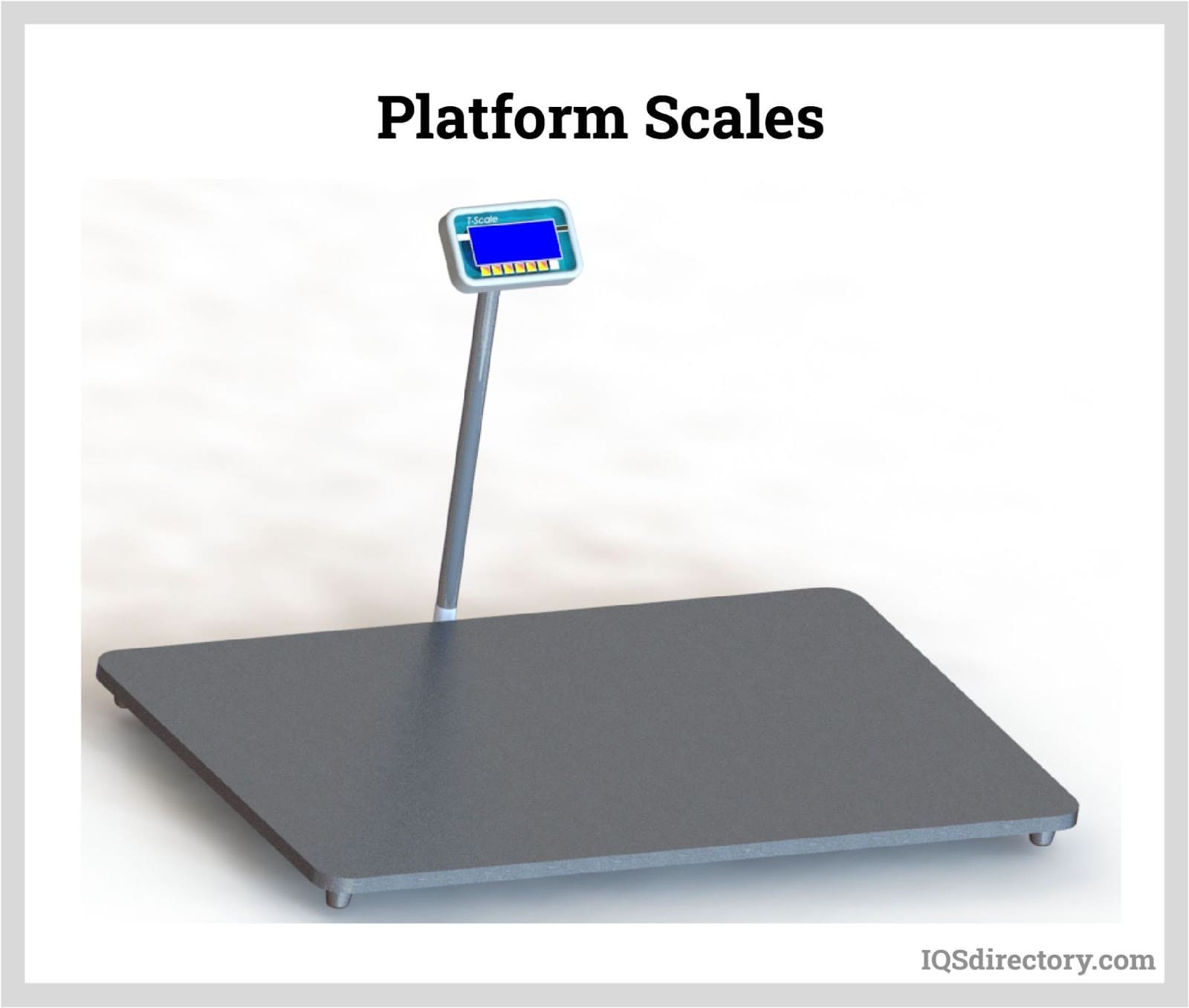
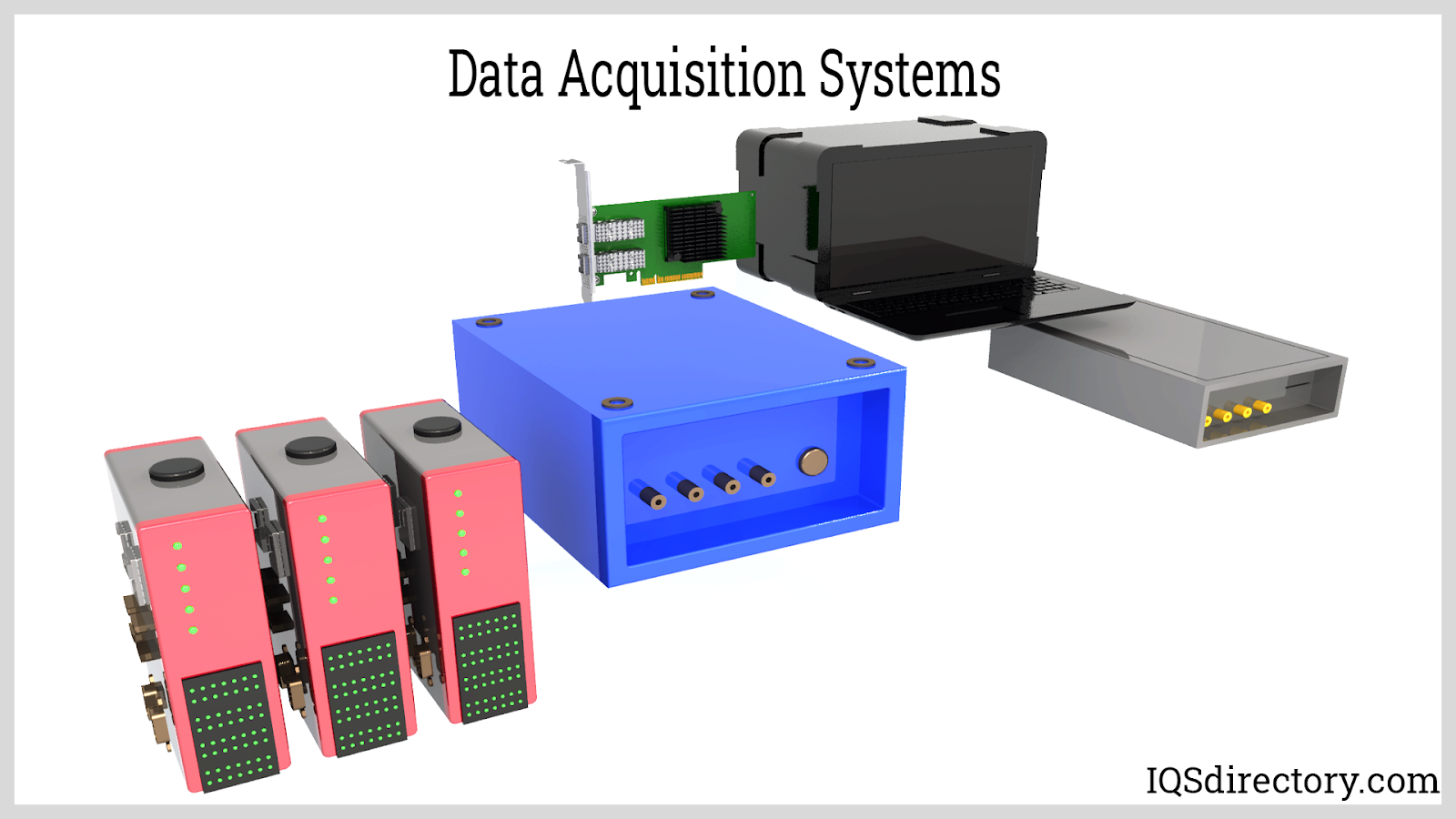
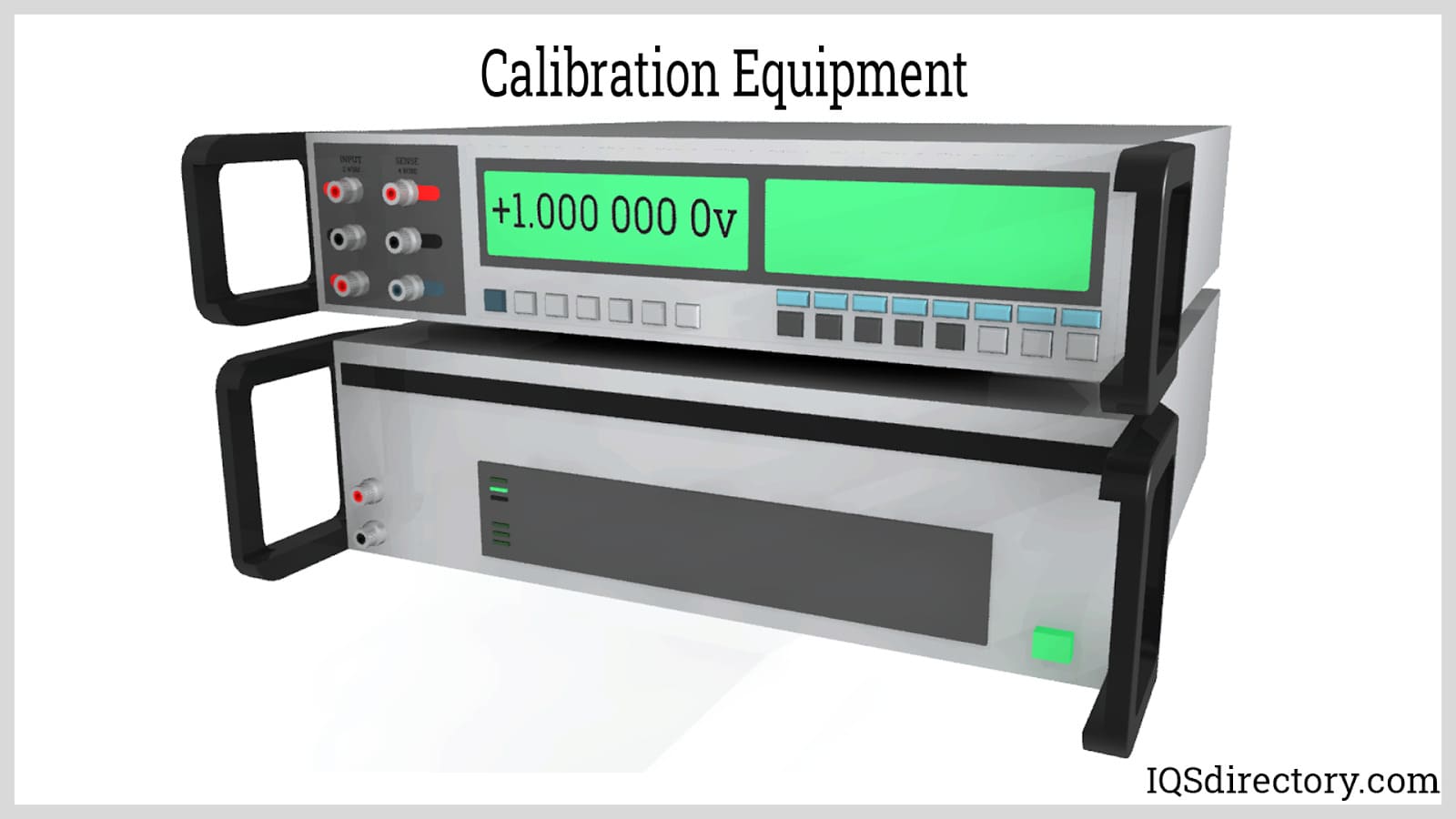
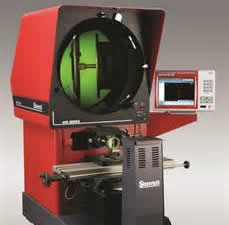 Calibration Services
Calibration Services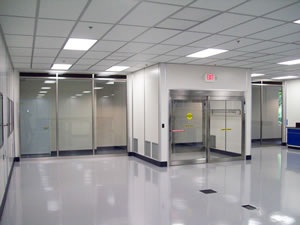 Clean Rooms
Clean Rooms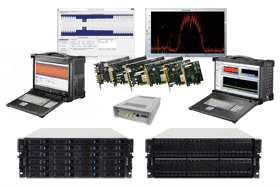 Data Acquisition Systems
Data Acquisition Systems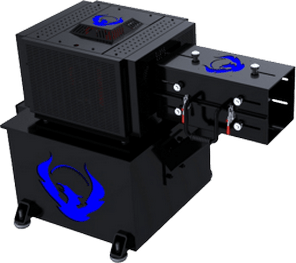 Dynamometers
Dynamometers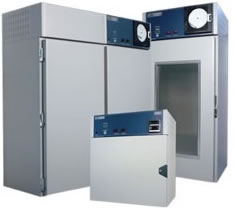 Environmental Test Chamber
Environmental Test Chamber Leak Detectors
Leak Detectors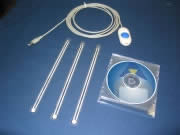 Load Cells
Load Cells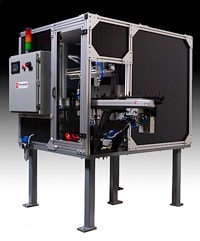 Machine Vision Systems
Machine Vision Systems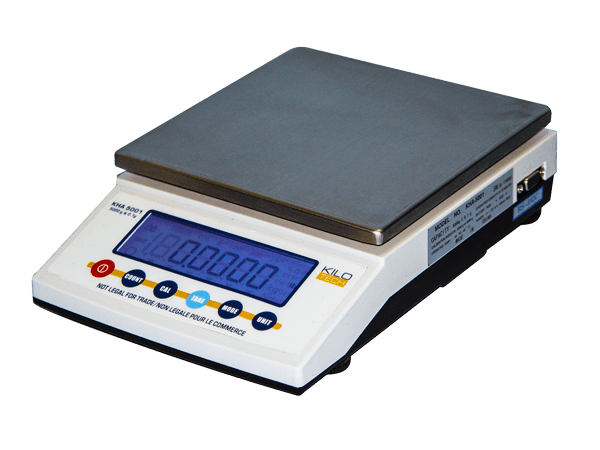 Scales
Scales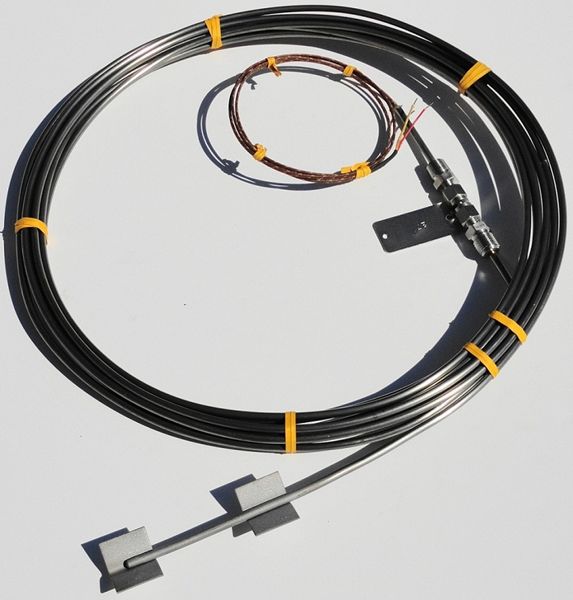 Thermocouples
Thermocouples Castings & Forgings
Castings & Forgings Bulk Material Handling
Bulk Material Handling Electrical & Electronic Components
Electrical & Electronic Components Flow Instrumentation
Flow Instrumentation Hardware
Hardware Material Handling Equipment
Material Handling Equipment Metal Cutting Services
Metal Cutting Services Metal Forming Services
Metal Forming Services Metal Suppliers
Metal Suppliers Motion Control Products
Motion Control Products Plant & Facility Equipment
Plant & Facility Equipment Plant & Facility Supplies
Plant & Facility Supplies Plastic Molding Processes
Plastic Molding Processes Pumps & Valves
Pumps & Valves Recycling Equipment
Recycling Equipment Rubber Products & Services
Rubber Products & Services